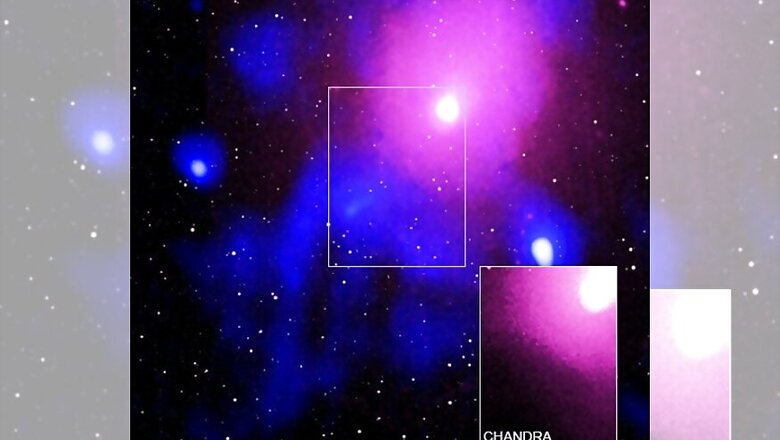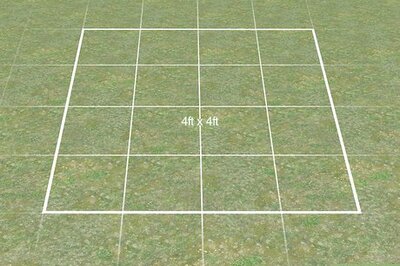
views
Astronomers have discovered what could most likely be the biggest ever explosion in the universe. They say this explosion was created by a black hole 390 million light-years away and is five times more powerful than anything recorded thus far. Astronomers have made this discovery using the X-ray data from NASA's Chandra X-ray Observatory and ESA's XMM-Newton. This has also been confirmed by the Murchison Widefield Array (MWA) in Australia and the Giant Metrewave Radio Telescope (GMRT) in India. The explosion has been detected in the Ophiuchus galaxy cluster, which is about 390 million light years from Earth. Safe to say, this galaxy has a dent that won’t easily buff out.
“In some ways, this blast is similar to how the eruption of Mt. St. Helens in 1980 ripped off the top of the mountain. A key difference is that you could fit fifteen Milky Way galaxies in a row into the crater this eruption punched into the cluster's hot gas,” says Simona Giacintucci of the Naval Research Laboratory in Washington, DC, and lead author of the study. Galaxy clusters are the largest structures in the Universe held together by gravity, containing thousands of individual galaxies, dark matter, and hot gas. Scientists say that while black holes usually attract material toward themselves, they do release a lot of energy and material from time to time.
The amount of energy required to create the cavity in Ophiuchus is about five times greater than the previous record holder, MS 0735+74, and hundreds and thousands of times greater than typical clusters, says the NASA's Chandra X-ray Observatory.
The possibility of this massive explosion was first raised in a 2016 study led by Norbert Werner after examining the images captured by NASA's Chandra X-ray Observatory. At the time, Werner and colleagues had noticed a rather unusual curved edge on the cluster, in the images. They believed this represented part of the wall of a cavity in the hot gas created by jets from the supermassive black hole. That has now been confirmed by the study by Giacintucci and her colleagues.
The Chandra X-Ray Observatory says that first, they showed that the curved edge is also detected by XMM-Newton, thus confirming the Chandra observation. They used new radio data from the MWA and data from the GMRT archives to show the curved edge is indeed part of the wall of a cavity, as had been seen before. This curve is because it is around a region that is filled with radio emission, they believe. Their belief is that these emissions are from the electrons now accelerated to nearly the speed of light and originate from the supermassive black hole. “The radio data fit inside the X-rays like a hand in a glove. This is the clincher that tells us an eruption of unprecedented size occurred here,” says co-author Maxim Markevitch of NASA's Goddard Space Flight Center in Greenbelt, Maryland.
Researchers believe that the energy released by this supermassive Ophiuchus blast is hundreds of thousands of times greater than explosions typically seen in galaxy clusters thus far. The findings have now been published in The Astrophysical Journal.

















Comments
0 comment